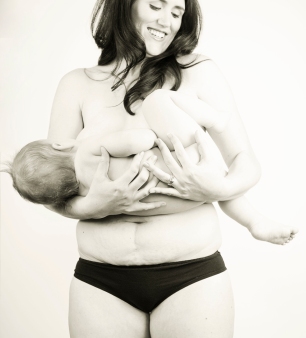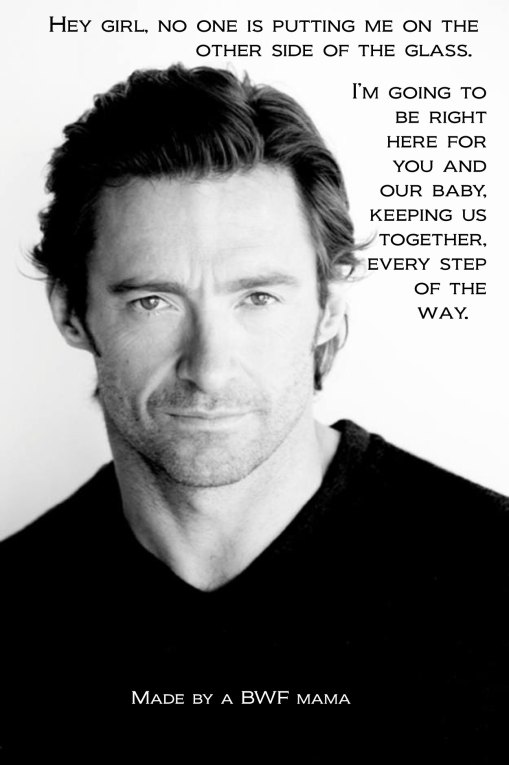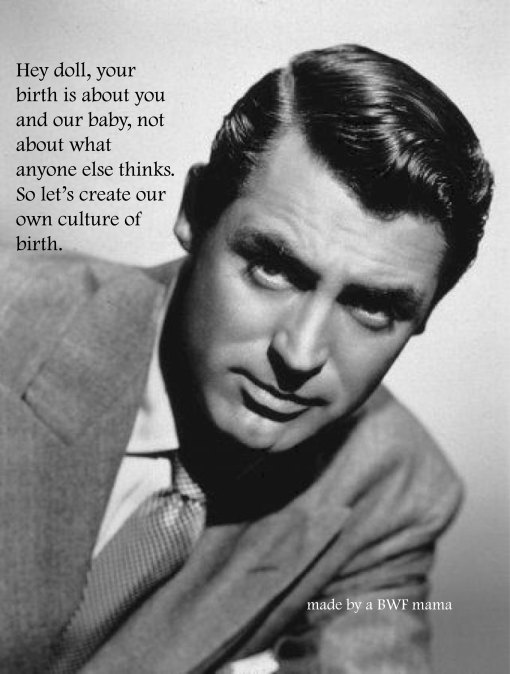Matt, I’m a big fan of your blog and your viewpoint, but I think Maria Kang is a particularly bad example to lead off your post about those who hate success.
First, let me clarify that I agree that the ad hominem attacks, closed-mindedness, and general hatefulness you are talking about are ridiculous and destructive. I just happen to think that using negative “inspiration” to push a particular body image is also ridiculous and destructive.

I understand that there is a “fitspiration” culture that uses the “what’s your excuse” meme, but negativity in the name of inspiration is still negativity. Kang could have said “if I can do it, you can too” or “Mom bodies rock” or just “you can do it.” I love seeing people overcome all kinds of challenges to do what’s important to them, but putting down those who have not reached those goals–or whose goals are not the same–is not inspiration; rather, it is its own form of hating. (As the mommy wars have made abundantly clear.)
Unfortunately, in our negatively skewed, divisive culture, saying anything truly positive tends to get us labeled as saccharine, or else accused of hating on the people we’re not even talking about (like saying positive things about mothers and getting accused of hating on fathers). It’s really quite the vicious cycle, and I’ll admit that in a different culture, Ms. Kang’s meme might not be taken so negatively. That doesn’t mean she has no responsibility for considering the context of her message. Am I going to go hate on her blog now? Nope, I’m not even going to send her a link to this post. But I don’t think her message to mothers is okay, either.
Beauty Redefined has a truly inspiring and positive blog post trying to ease the pressure on moms to “get their body back.” They’ve included a photo of a mother of two and runner who is clearly fit, yet whose stomach still does not conform to the rock-hard, taut, smooth, pre-baby ideal so prevalent in our media and culture. That body ideal 1) is unrealistic for many women and 2) may not be as important to many women as it is to Maria Kang.
It is not an “excuse” if a woman has stretch marks or loose skin, or chooses to focus on overall health and fitness rather than on conforming to a particular body ideal, or has other goals and responsibilities on which she chooses to spend her time. The culture that tells women they are failures if they don’t look a certain way is the same one that is telling mothers that they are worthless if they don’t have a career. (Recalling your blog post on that topic…)
In fact, I would encourage you to explore the Beauty Redefined blog to understand how body image is used to manipulate women, which is why so many of us are sensitized to these kinds of images. It’s kind of like realizing there is a political bias in the media. You start to react to a whole lot of statements and images that you never even noticed before.
For further positive inspiration for mothers to find beauty, health, and strength in their post-baby bodies, see also the 4th trimester bodies project, with images like this.
Is this image promoting obesity or neglect of health by showing a non-“ideal” body in a positive light? Good grief, no. (Anyone who associates the idea of obesity with a woman this shape needs serious help, by the way.)
Is this image promoting healthy postpartum body image, which is part of the overall package of good health? Absolutely.








